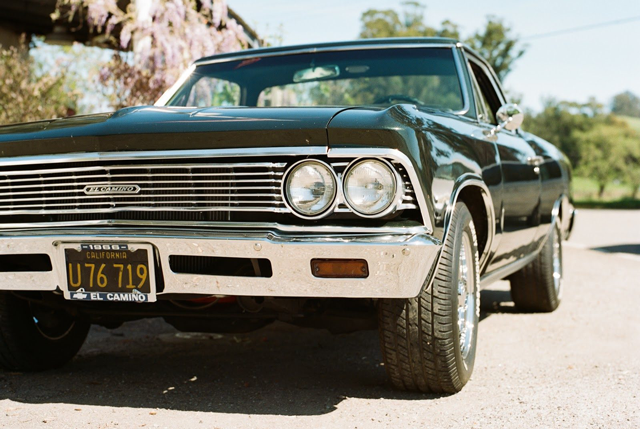
- from Classic Nation - Classic car stories, links, photos, and advice. Share yours.
cover photo by Andy Omvik
Keeping your beloved classic car running at optimum and looking amazing is more important than ever as oldtimers’ prices soar. However routine maintenance will keep it in tip-top condition, and by carrying out a few simple checks and changes you will keep your classic car running perfectly, and looking great!
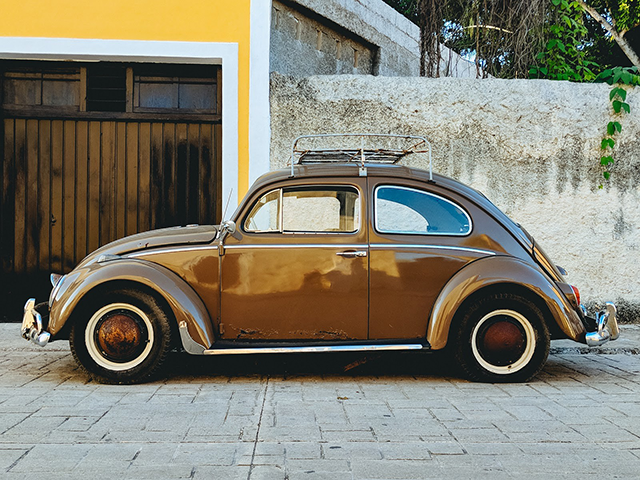
photo by Dan Gold
Changing oil
Of all the maintenance needed on a car, regular changes of engine oil are the most important. From lubricating and easing high tolerance parts, to removing micro-debris and taking heat from essential areas, oil is essential to your engines health, and making sure that both it and any filtration is in good condition will add life to your engine and value to your investment. Specialist oils designed and controlled by most car manufacturers are recommended for older models, helping to keep them running the way the company designed them.
Changing oil means changing the filter too, and this is always worth spending a little more on rather than getting the bargain variety from your local Auto Supply shop. Metal parts naturally wear and the microscopic particles generated can build up to spell trouble for your engine. It’s the job of the oil filter to make sure that, once captured, they stay caught and out of harm and that means getting an accredited filter.
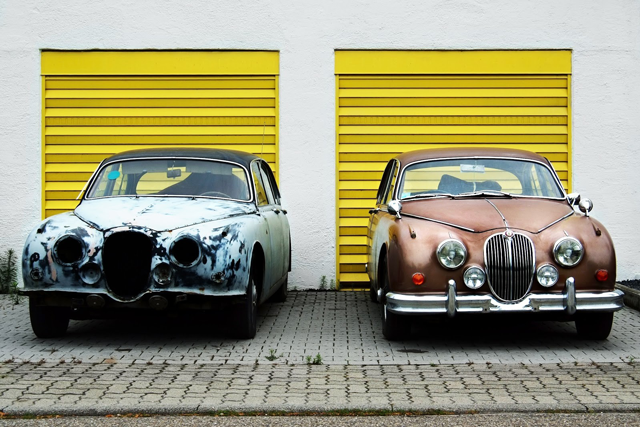
photo by Dietmar Becker
Tire rotation
For many people, once a car tire has been fitted, it remains in place until the time to change it again comes. That is fine for a family runabout, but a performance car like a classic Porsche, for example, may experience uneven tire wear, depending on several factors.
Older two-wheel drive models will experience significantly more wear on the drive wheels as power is applied and front car tires may experience more sideways stresses as they lead into corners, an issue which is exacerbated by increased speed. Even four-wheel drive models can be affected by driving style, and when you add in small differences in pressure and any slight alignment issues, swapping tires back-to-front for every six months for even wear makes sense.
In a sensitive to surfaces, two-wheel drive classic, making sure that those pieces of rubber keeping you on the road are in good condition is an absolute must and, of course, tire sizes should be appropriate to the car. Tires should be kept in good order – and within the law – and rotating them can make a set last longer.
Spark Plug Change
Many older engines are susceptible to the condition of their spark plugs to run at optimum and many user sites recommend a change of plugs at an interval as short as every 10,000 miles to keep your car in top condition. Spark plugs should always be replaced by the manufacturer recommended variety for your car, and once removed from a car, thrown away rather than reused at a later stage. As spark plugs age, misfires and poor fuel burning can result. Change them regularly to prevent these problems.
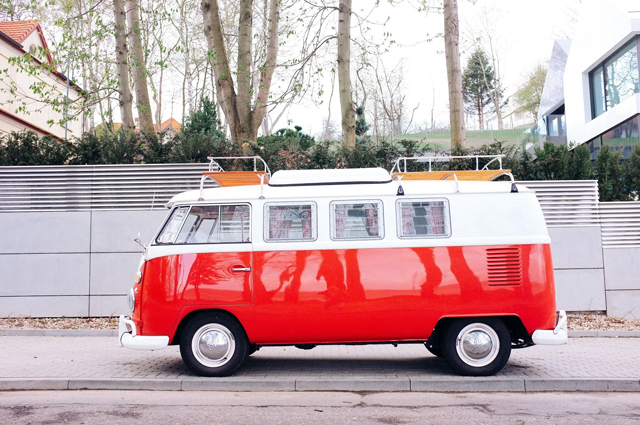
photo by Mroux Bulikowska
Air filter change
Air filters do just that – they collect all the atmospheric rubbish that floats around outside and stops it getting into your car’s engine. They experience a buildup of dust and other pollution quite quickly. While some companies recommend a change at 40,000 miles, this is a relatively low-cost item and you’ll feel the benefit of doing it at every 20,000 miles instead, or even more often if you live in a dusty, urban area. Your air filter should always be replaced with either a genuine item or an accredited part from an aftermarket manufacturer for long life.
Bulbs
Lights are essential all year round but even more so in winter, as the sun rises late and the dusk comes early. Light bulbs should have a good lifespan built into them, but there is no harm in doing a replacement on some of the major ones – head and tail lights, stop lights etc – during autumn months as a matter of course before you need them more. Replaced bulbs can be kept as emergency spares to keep costs down.
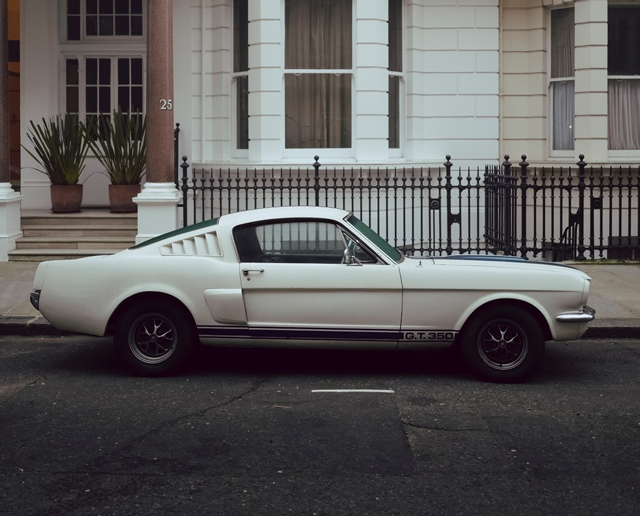
photo by Mike Stezycki
Respect your Body
Our corrosive atmosphere is hell for exposed metal parts of cars and they need lots of care to prevent breakdown of the outer lacquer, dulling of the paint and chromed parts, and rusting of base metal.
A good, regular coating of a wax polish will deflect most road dirt, but the base paint has to be clean so you need to solidly wash it first. Steel wheels are always a problem and a good clean before a periodic application of clear lacquer with help protect them. If you don’t have a garage or covered area, make sure that you get a sturdy car cover to limit the worst that your surroundings can throw at it.
Author’s bio:
Giles Kirkland is a car expert and great old classics admirer. Apart from exploring the automotive novelties and trying out unique classic models, he happily shares his knowledge with other car enthusiasts.
